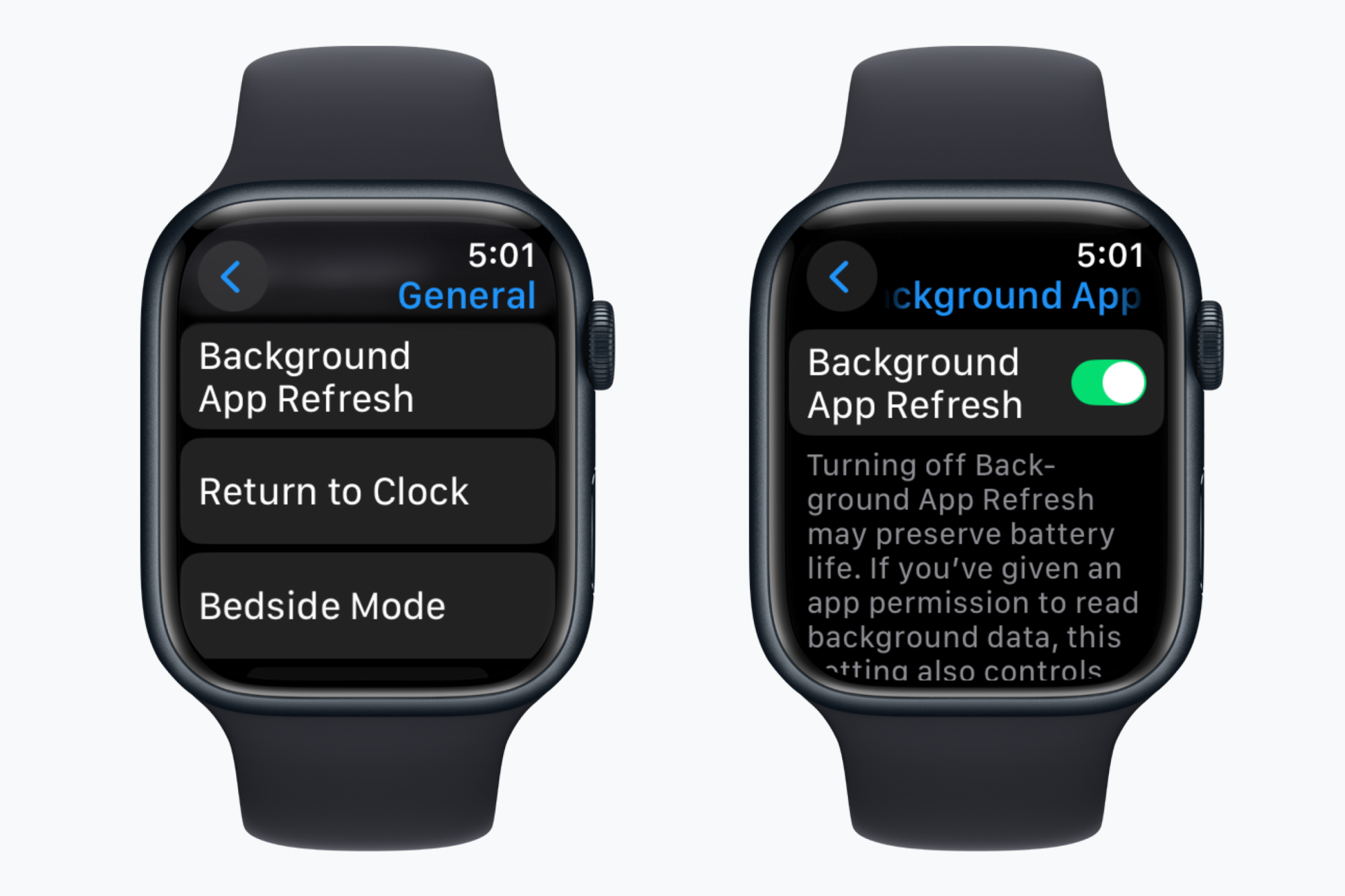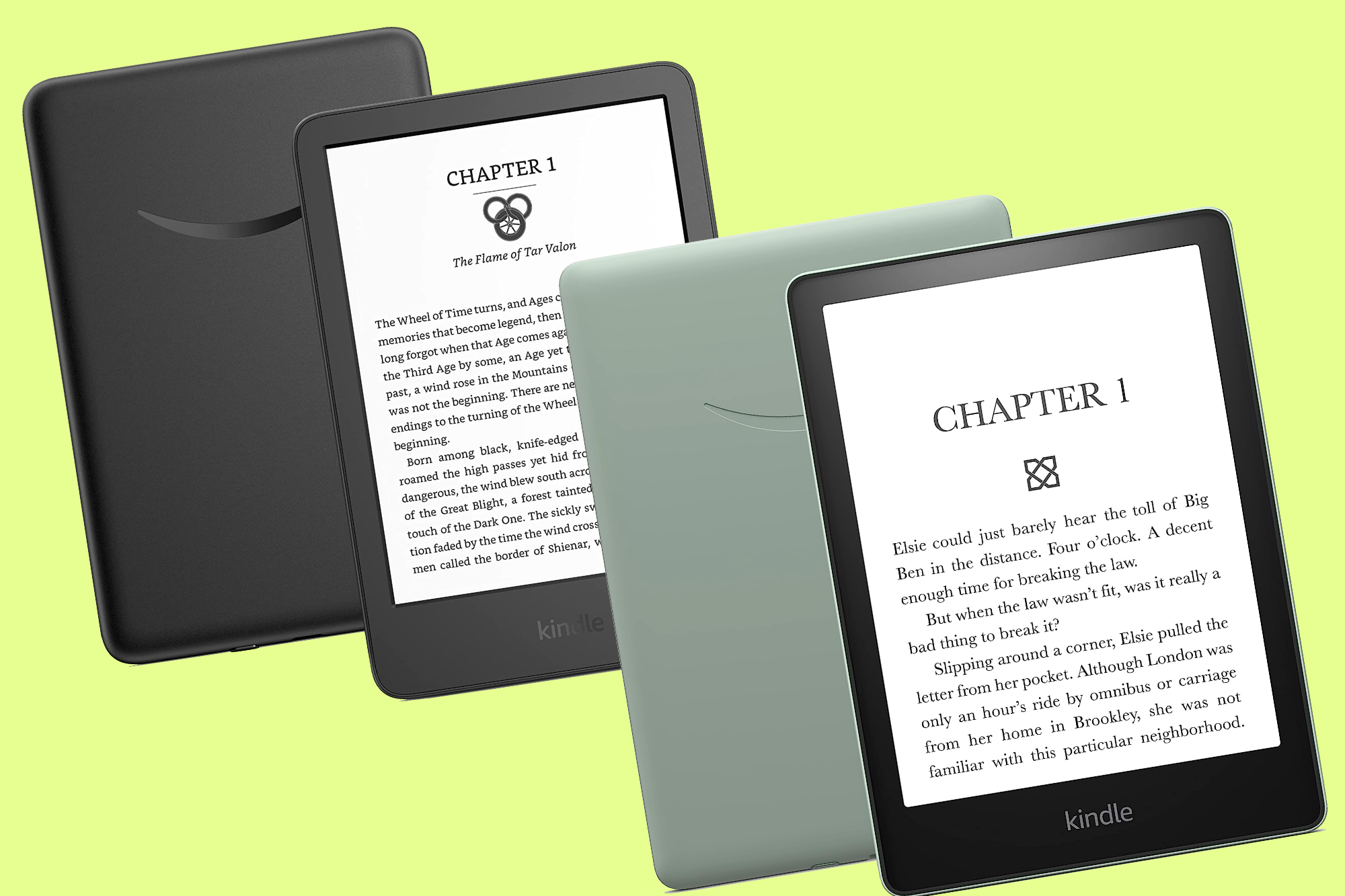Let’s be honest, the Apple Watch is a game-changer. From tracking your fitness goals to keeping you connected on the go, it’s become an indispensable part of our daily lives. But there’s one common gripe we all share: that pesky battery life. Worrying about your watch dying before the day ends can be a real buzzkill.
The good news? You don’t have to live with that anxiety. After years of religiously using my Apple Watch (and some obsessive tweaking), I’ve discovered a handful of simple, yet effective tricks to squeeze every last drop of juice out of it. Whether you’re a new Apple Watch owner or a seasoned user, these tips will help you power through your day without constantly hunting for a charger.
Why is my Apple Watch battery draining so fast?
Before we dive into the solutions, it’s important to understand the culprits behind your Apple Watch’s battery drain. Some of the biggest energy hogs include:
- Always-on Display: This feature, while convenient, keeps your watch face constantly visible, significantly impacting battery life.
- Brightness: A brighter screen consumes more power. It seems obvious, but it’s often overlooked!
- Background App Refresh: Apps running in the background can drain your battery without you even realizing it.
- Notifications: Every notification that lights up your screen and vibrates your wrist uses energy.
- GPS and Cellular: Using GPS for workouts or relying on a cellular connection puts a considerable strain on the battery.
Now, let’s get to the good stuff – the tricks!
- Optimize Your Display Settings
Your Apple Watch’s display is a major battery consumer. Here’s how to tame it:
- Dim the Lights: Lowering your screen brightness can make a noticeable difference. Go to Settings > Display & Brightness and adjust the brightness slider. I personally keep mine around the halfway mark and find it perfectly visible indoors.
- Turn Off Always-On Display: This feature is a real battery hog. If you can live without it, head to Settings > Display & Brightness > Always On and toggle it off. You’ll have to raise your wrist or tap the screen to see the time, but your battery will thank you.
- Reduce Wake Time: Control how long your screen stays on when you raise your wrist. Settings > Display & Brightness > Wake Duration offers different options. I prefer the “Short” setting, as it provides enough time to check the information and then quickly goes dark.
- Tame Those Notifications
Constant notifications are a major distraction and a significant drain on your battery. Take control:
- Customize Notifications: Review the notifications you receive and disable those that aren’t essential. Go to the Watch app on your iPhone > Notifications and customize each app’s notification settings. Personally, I only allow notifications for messages, calls, and a select few important apps.
- Embrace “Do Not Disturb”: Use the “Do Not Disturb” feature during meetings, movies, or when you simply need some peace. You can schedule it, enable it manually, or even set it to activate automatically when you start a workout. I have it set to turn on automatically at night, ensuring a peaceful sleep and a fully charged watch in the morning.
- Manage Your Apps
- Limit Background App Refresh: Prevent apps from updating in the background. On your iPhone, go to the Watch app > General > Background App Refresh and either turn it off completely or select only the essential apps.
- Uninstall Unused Apps: If you have apps you rarely use, uninstall them. They might be consuming resources in the background. I regularly audit my watch apps and remove any that I haven’t used in the past month.
- Be Mindful of Connectivity
- Control Bluetooth and Wi-Fi: When your watch isn’t connected to your iPhone, it uses more power searching for a connection. If you’re in a situation where you don’t need these connections, consider turning them off temporarily.
- Limit Cellular Use (Cellular Models): If you have a cellular Apple Watch, try to rely on your iPhone’s connection whenever possible. Cellular connectivity consumes significantly more power. I often put my watch in Airplane mode when I’m at home connected to Wi-Fi, as I don’t need cellular connectivity.
- Optimize Workout Tracking
- Power Saving Mode for Workouts: For longer workouts, enable Power Saving Mode. This disables the heart rate sensor and GPS, relying on your iPhone for data. Go to the Watch app on your iPhone > Workout > Power Saving Mode to turn it on. While I prefer having accurate heart rate data, I use this feature for long runs to conserve battery.
- Choose Your Workout Apps Wisely: Some third-party fitness apps are notorious for draining battery. Stick to the built-in Workout app or choose power-efficient alternatives.
- Keep Your Watch Updated
Apple regularly releases updates that include performance improvements and bug fixes, some of which can address battery life issues. Ensure your watch is running the latest version of watchOS.
Bonus Tip: If you’re really in a pinch and need to conserve every bit of battery, enable Low Power Mode. This disables most features except for the time, and it can significantly extend your watch’s remaining battery life. Access it by swiping up from the bottom of the watch face to open Control Center and tapping the battery percentage icon.
My Personal Experience:
By diligently following these tips, I’ve managed to significantly improve my Apple Watch’s battery life. I used to struggle to get through a full day, but now I consistently have 30-40% battery remaining at the end of the day, even with moderate use. It’s the peace of mind I was looking for!
Final Thoughts:
Extending your Apple Watch’s battery life isn’t about sacrificing functionality; it’s about making smart choices and optimizing your settings. By implementing these simple tricks, you can enjoy all the benefits of your Apple Watch without the constant worry of running out of power.





